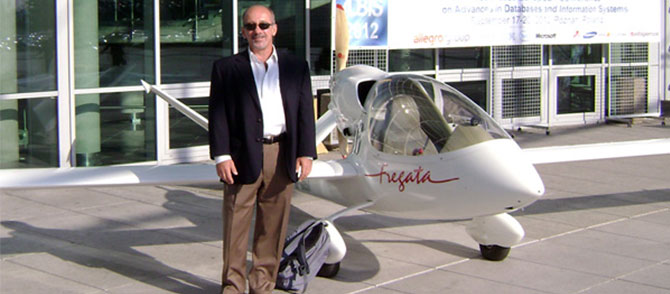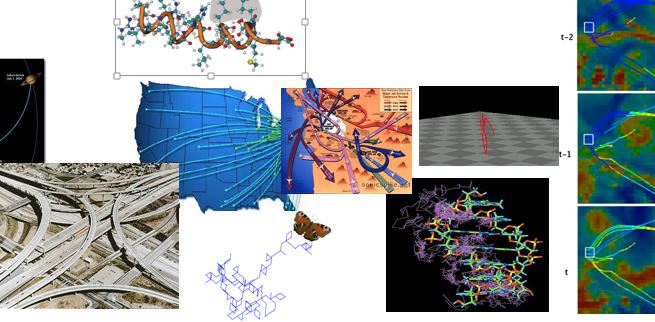Trajcevski Delivers Advanced Seminar at 17th IEEE International Conference on Mobile Data Management
The tutorial was on “Compression of Spatio-Temporal Data.”

Prof. Goce Trajcevski gave an advanced seminar (tutorial), titled, “Compression of Spatio-Temporal Data” at the 17th IEEE International Conference on Mobile Data Management (MDM'16), held in Porto, Portugal from June 13 to June 16, 2016.
The conference focuses on research contributions in data management in mobile, ubiquitous and pervasive computing. The objective of Prof. Trajcevski's advanced seminar is to provide an overview of the techniques and approaches for compressing spatio-temporal data, both in the context of the traditional MOD/STDB settings, as well as other contexts and application-specific scenarios, targeting a broader audience of researchers and practitioners whose research interests are related to the various aspects of managing mobility data.
The seminar started with a broader (historic) overview of the compression problem – from ancient times, through maps/cartography, and electricity era. After motivating the rest of the presentation, the first focused part addressed the fundamental techniques for spatio-temporal data compression. As it turns out, there are trade-offs between the compression and its impact to different queries, depending on the model adopted. Subsequently, a gentle expansion of the scope illustrated the peculiarities of compressing mobility data in road networks settings and under real-time constraints. The third major portion of the seminar focused on compression-related aspects in several classes of applications – e.g., tracking in sensor networks; symbolic trajectories; social networks and analytics-related (i.e., warehousing).

The 17th IEEE MDM was held in Porto – Portugal's second largest city and the capital of Northern region. Lightly populated at around 300, 000 dwellers (the urban area of Porto, which extends beyond the administrative limits of the city, has a population of 1.4 million), the city is built along the hills overlooking the Douro river estuary and it is one of the UNESCO's World Heritage. The city is varied architecturally with a mix of medieval and modern buildings co-existing side-by-side.
